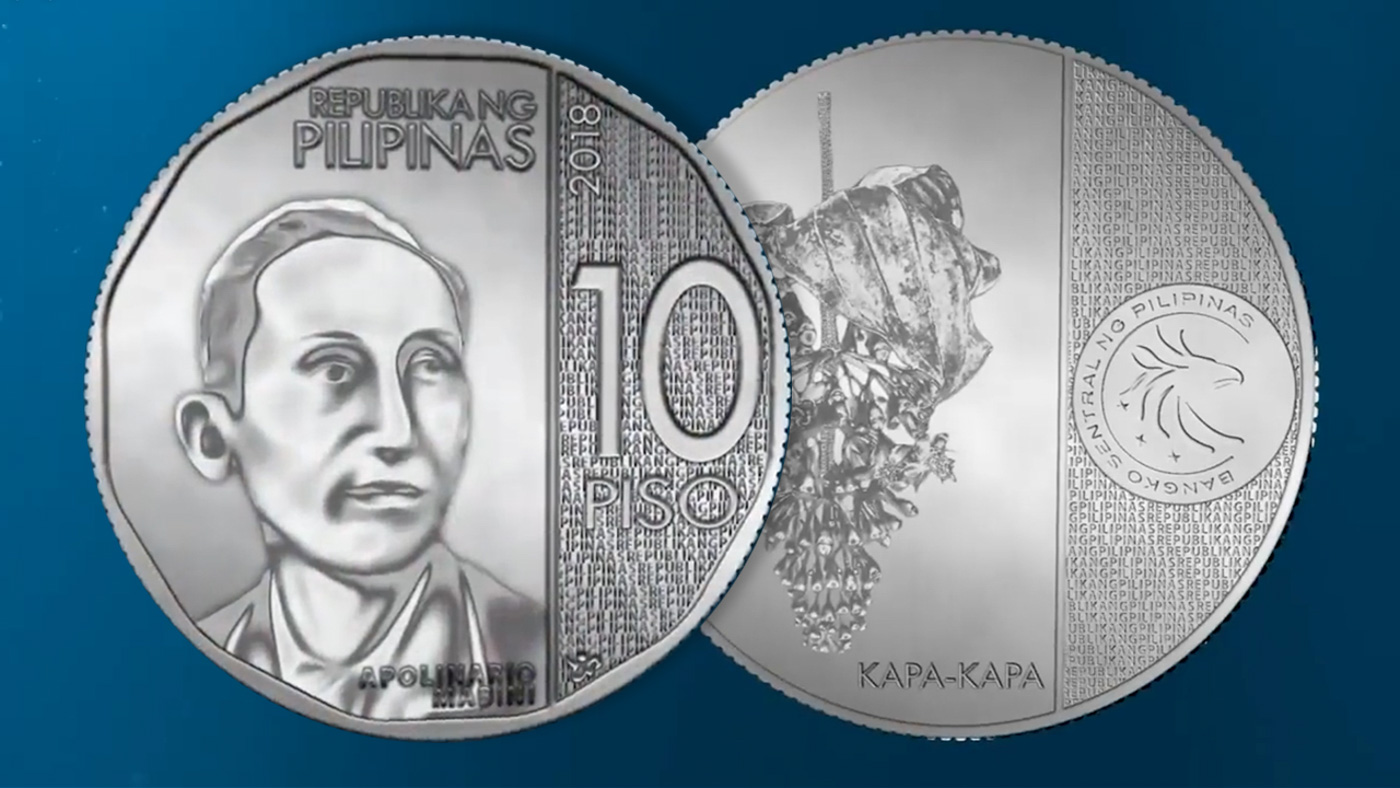

The reduction in the size of the silver twenty-centavo piece (this odd denomination was a concession to the old Spanish system) which resulted from the new standards adopted in 1907 left it about the same size as the copper-nickel five-centavo coin. Beginning in 1925, these carry an M mintmark this is located in the same position as before. With the exception of the years 1944-45, all of the remaining USA/Philippines coins were struck at the Manila Mint. Mint was opened at Manila in July of 1920. All of the silver coins were reduced in both size and fineness beginning in 1907 they were coined at these lowered standards through 1945, all the while remaining convertible to regular coins of the USA at the rate of two-for-one.Ī new branch of the U. Only pesos were coined for circulation during 1906, and nearly all of these were subsequently melted, creating the rarest collectible coin in the series. By the end of that year, the bullion value of the USA/Philippines silver coinage exceeded their face value, and these pieces rapidly disappeared to be either hoarded or melted. The standards for the four silver coins had been established during a historic lowpoint in the price of silver, and its value was now rising.

What seemed to be a success story turned into a nightmare beginning in 1905. Unlike the others, however, the half centavo was discontinued altogether after 1908 and all remaining pieces were melted. As with the other denominations, proofs were struck 1903-06 and again in 1908.

For reasons which remain unclear, it was rejected by the public, and its coinage for circulation ceased after 1904. These coins were successful from the outset, the sole exception being the half centavo. These designs are credited to Filipino sculptor Melecio Figueroa, who lived just long enough to see his coins enter circulation.Ĭoinage began in 1903 at the Philadelphia and San Francisco Mints the former carry no mintmark, but pieces coined at San Francisco bear a tiny letter S which appears beneath the dot at the lower-left of the reverse. Mayon, an almost perfectly conical volcanic mountain northeast of the capital city of Manila. She is clad in a long, flowing gown and holds in her right hand a hammer resting atop an anvil, as seen on the minor coins.
Philippine coinage plus#
For the silver coins (ten, twenty and fifty centavos, plus the one-peso piece), the standing figure of an adolescent female was utilized. This employment of Spanish is curious, given the islands’ recent history, yet it remained for some years afterward the principal language of the educated class. The statement of value appears above him in English, while the name of the archipelago is written below in Spanish as FILIPINAS. Mayon, located on the main island of Luzon. In the distance is seen the smoking volcano of Mt. The obverse of the minor coins (the half centavo and one centavo, both coined in bronze, and the copper-nickel five centavos) featured the semi-nude figure of an adolescent native, seated at an anvil and holding a hammer in his right hand. Around this appeared the legend UNITED STATES OF AMERICA and the date of coinage. gold and silver coinage, was valued at only 50 cents American.Īll of these coins bore a single reverse design, the federal shield surmounted by an American eagle clutching an olive branch in its right claw and a bundle of arrows in its left. The silver pieces were in fact coined to the very same standards, yet the silver dollar-sized peso, legally convertible to U. These pieces were denominated in pesos and centavos, like the Spanish coins, but they were made to standards which were either identical to those of United States coins or very similar to them. A solution was found with the introduction of a hybrid coinage in 1903. coins were themselves valued too highly for the poor economy of The Philippines. The few Spanish coins which remained in circulation were worn and did not convert well into the regular U. The establishment of civilian authority under sovereignty of the United States required, among other things, a workable coinage system. Silver Coins: When They Ended and What They’re Worth Should I get my coin collection appraised?.


 0 kommentar(er)
0 kommentar(er)
